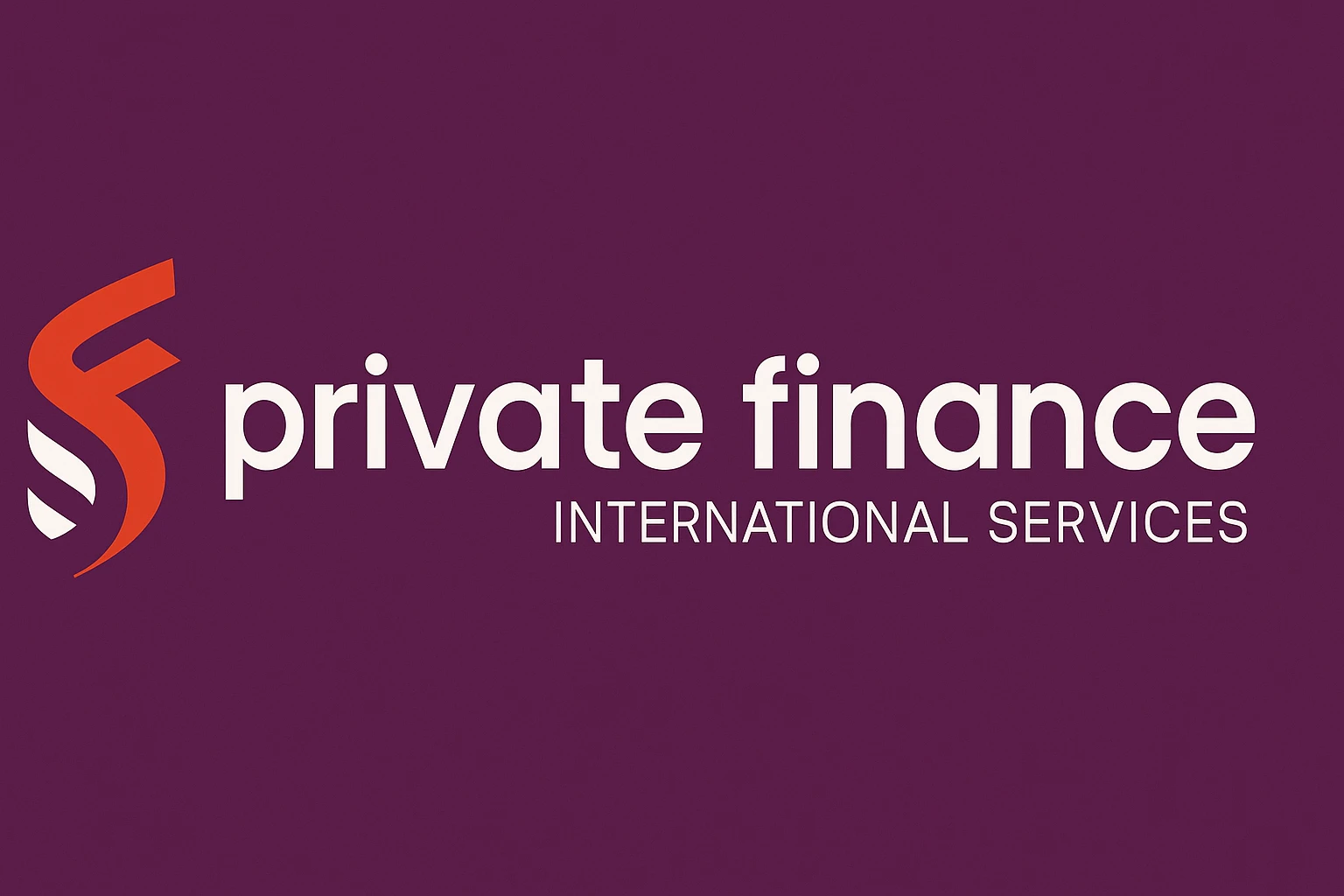After a car collision in Kentucky, keeping your legal evidence safe is more important than most people realize—especially if you plan to file a claim. Cloud sync gives you a pretty solid way to back up all those crucial documents, photos, and digital records tied to the crash. Cloud sync can effectively safeguard legal evidence by ensuring data remains accessible and protected from physical loss or damage.
The moments after an accident are chaotic, and it’s surprisingly easy for evidence to get lost or even destroyed. Uploading your files to a cloud service means you’re not stuck relying on just one device or a stack of papers—both of which could disappear in a flash. Plus, sharing those files with your lawyer or insurance company is a breeze, which can make the whole claims process less of a headache.
Gathering and locking down things like medical records, accident photos, and text exchanges can really make a difference in your case. Folks in Kentucky can also tap into professional legal advisors to get a better grip on their rights and figure out how to handle evidence after a crash.

The Role of Cloud Storage in Preserving Car Accident Evidence
Keeping digital material from a Kentucky car accident intact is pretty much non-negotiable if you want your legal claim to hold water. Cloud sync steps in by letting you back up photos, videos, and documents securely and quickly, so they stay just as you left them. It’s worth understanding how this tech works and how it’s viewed legally—it could mean the difference between evidence that stands up in court and evidence that doesn’t.
How Cloud Storage Works for Accident Evidence
Cloud storage is basically uploading your digital files to servers run by companies like Google or Apple. Right after a crash, you can back up your phone pics, dashcam clips, or even scanned police reports almost instantly.
Sync tools take care of the heavy lifting, automatically updating your files across devices so you don’t have to remember to do it yourself. This means if your phone dies or your laptop gets smashed, your stuff isn’t gone for good. You can usually get to your files through a secure login, and you can send a link to your lawyer or insurance rep in seconds if needed.
Behind the scenes, these services copy your files across multiple locations—so if something happens at one data center, your evidence isn’t wiped out. That’s a big deal for accident evidence, which needs to stay untouched and available for whoever needs to check it out.
Benefits of Using Cloud Sync for Digital Evidence Protection
Cloud sync’s biggest perk is probably how it guards against losing files to accidents or tech failures. If you accidentally delete something or your device bites the dust, you’ve still got a backup. That’s huge for stuff like medical records or statements from witnesses.
It also helps make sure you don’t forget to save things right after a crash—automatic syncing catches new files as soon as they show up, which can be easy to overlook when you’re shaken up.
There’s the money angle too: you don’t need to shell out for expensive hard drives or complicated backup setups. Most cloud services throw in encryption and let you control who gets to see what, which keeps your sensitive info locked down.
And if you need to loop in your attorney or insurance adjuster, everyone can check out the same files from wherever they are—no need to send endless email attachments or wait for someone to find a USB stick.
Best Practices for Storing Photos, Videos, and Documents in the Cloud
If you’re serious about keeping your evidence useful, you’ve got to stay organized. Label files with dates, places, and a short description—otherwise, it’s a mess trying to figure out what’s what later. Grouping stuff by category—vehicle damage, medical visits, official reports—makes it way easier to build your case.
Don’t forget about security. Turning on two-factor authentication can save you from a world of trouble if someone tries to break into your account. It’s a simple step, but it goes a long way.
Letting your cloud app sync files automatically means you won’t have to remember to do it yourself, which is easy to forget after something as stressful as a wreck. Still, it’s smart to keep the originals on your phone or an external drive, just in case.
One thing people overlook: check the data retention policy. Some services delete files after a certain period, which could be a problem if your case drags on. Better to know that upfront than to find out when it’s too late.
Legal Validity of Cloud-Based Evidence in Kentucky
In Kentucky, digital files stored in the cloud can count as evidence in court—as long as you can prove they haven’t been tampered with. That usually means showing metadata, timestamps, or some kind of record of who uploaded what and when.
Using a trusted cloud provider that encrypts files and keeps audit logs can help boost your claim’s credibility. But you’ll want to keep notes on when and how you uploaded stuff, just to be safe.
Any evidence from the cloud still has to meet Kentucky’s rules—so it’s got to be relevant, lawfully obtained, and stored in a way that doesn’t raise red flags about tampering. It’s worth teaming up with a lawyer who knows the ins and outs of digital evidence to make sure you’re covered.
Legal and Practical Steps After a Kentucky Car Accident
After a car crash in Kentucky, there’s a pretty specific list of things you should do if you want your evidence to hold up. Gathering proof right away, working with police and your insurance, and talking to a personal injury lawyer can all make a big difference down the line.
Immediate Actions to Protect Evidence at the Scene
Your first move should always be making sure everyone’s safe, but don’t wait too long to start collecting evidence. Snap photos of the cars, the road, and any injuries—details matter. Get names and contact info for everyone involved, including witnesses; you’ll thank yourself later.
Using your phone to record everything is quick and reliable, especially since papers can get lost. If you’ve got cloud backup turned on, those files are safe even if your device gets damaged or disappears. That’s a relief when you’re dealing with insurance or a possible lawsuit.
Coordinating with Police and Insurers for Documentation
In Kentucky, you have to report accidents with injuries or significant property damage to the police. When officers show up, stick to the facts and make sure you get a copy of their report—it’s a key piece for both insurance and legal stuff.
Let your insurance company know as soon as you can, but don’t get caught up assigning blame. Keep copies of everything—texts, emails, medical bills, receipts. You never know which detail will end up making the difference in your claim.
Consulting a Personal Injury Lawyer for Evidence Guidance
Talking things over with a car accident lawyer who knows Kentucky’s rules can really help make sense of what evidence matters—and where you might be missing something. These folks know which papers and records actually carry weight, and they’re pretty handy at tracking down extra proof if you end up needing it.
They’re also the ones who’ll deal with insurance companies, pushing for fair compensation so you don’t get shortchanged. With a good attorney on your side, you’re more likely to keep your rights intact and make sure all the important evidence gets handled the right way, especially if things head to court.














